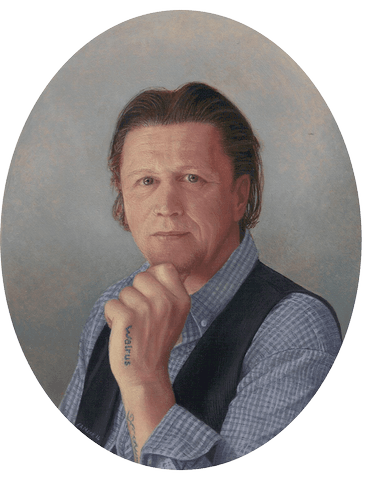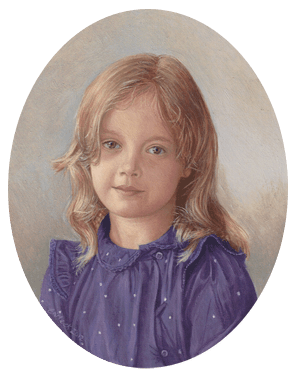About Miniatures
Today, they are enjoying a huge return to popularity and are often painted in oil on ivorine or other substitute media.
The history of miniature painting is long and prestigious. It grew from many roots, including early manuscript illustration, Islamic miniature painting, and the growth of a miniature tradition in France.
Portrait miniatures have enjoyed a long history in their own right, having been introduced to England by Hans Holbein the Younger. They were at the height of their popularity in the late 16th century, when the works of Nicholas Hilliard were very much in vogue. Around that time, and long before photography existed, they were often used by the affluent to send the equivalent of a very expensive ‘snapshot' of oneself to relatives or to a potential spouse!
Miniatures have always been highly valued, and in previous centuries were often encased in rich frames or cases made of precious metal and gems. They were also found on snuffboxes, or as cameo jewellery, and executed in a range of materials including enamel.
The rich tradition of British miniature painting has been well documented in such seminal works as “British Portrait Miniatures” by Daphne Foskett (1911 – 1998) who was acknowledged as a leading authority on the subject.
The artistic tradition is today upheld by societies including the Royal Society of Miniature Painters Sculptors and Gravers, whose Patron is His Royal Highness the Prince of Wales. Elizabeth Meek was elected Honorary President of the Royal Miniature Society in 2013.
Examples of miniatures by Elizabeth Meek can be found in the Gallery.

